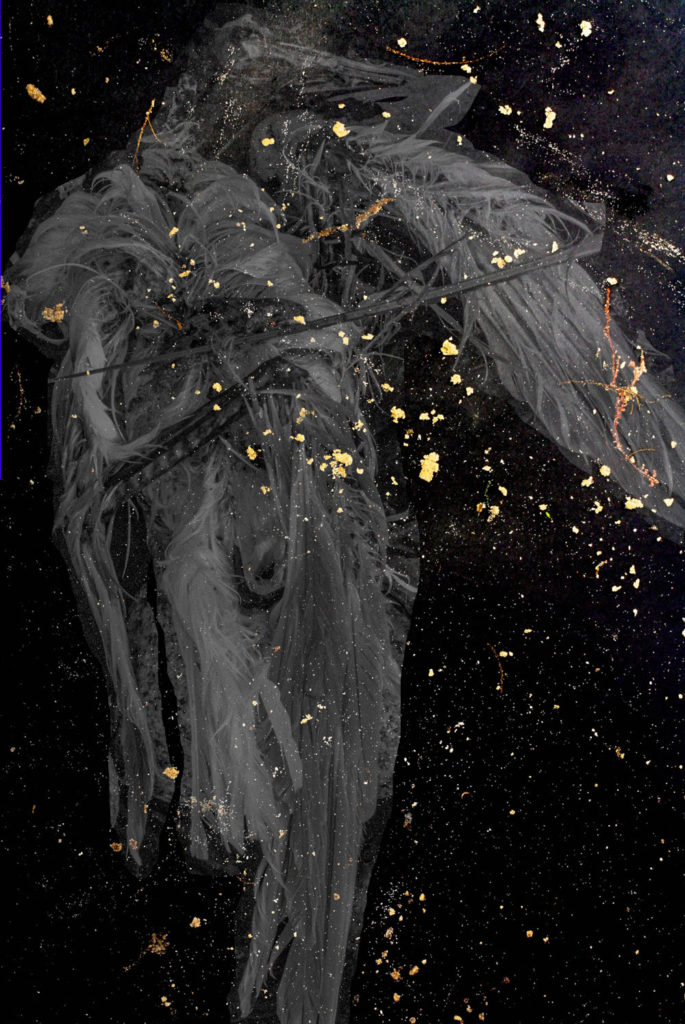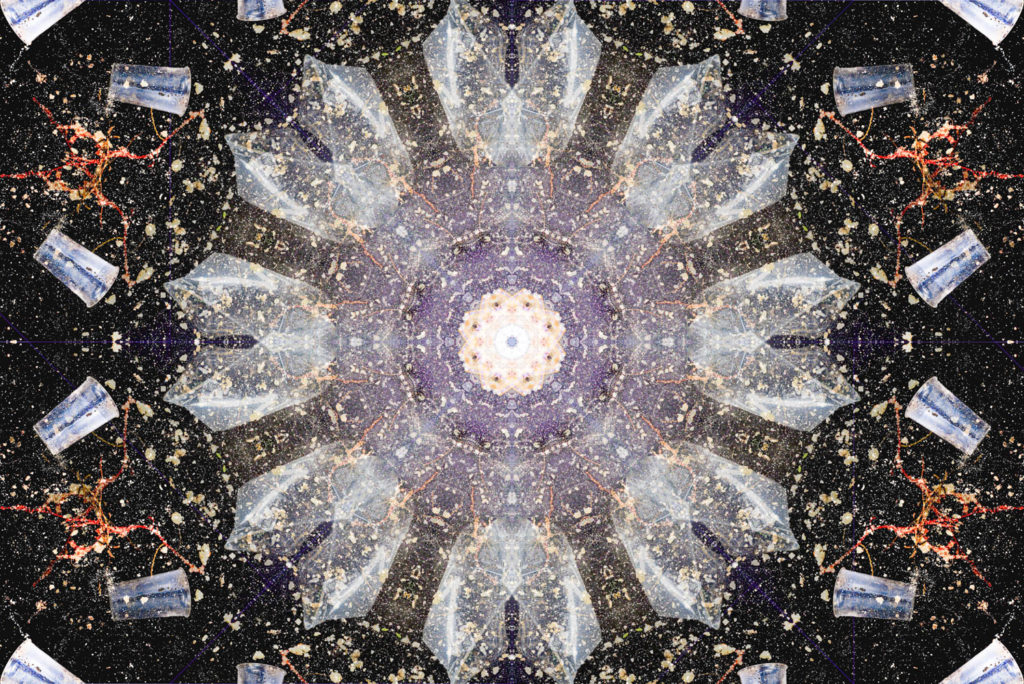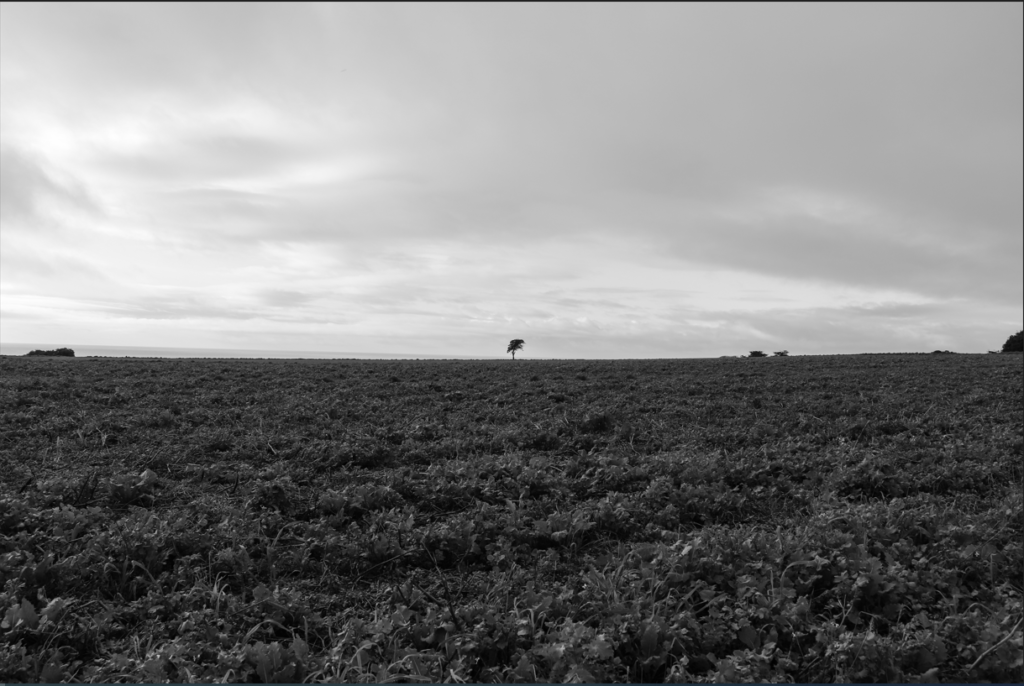
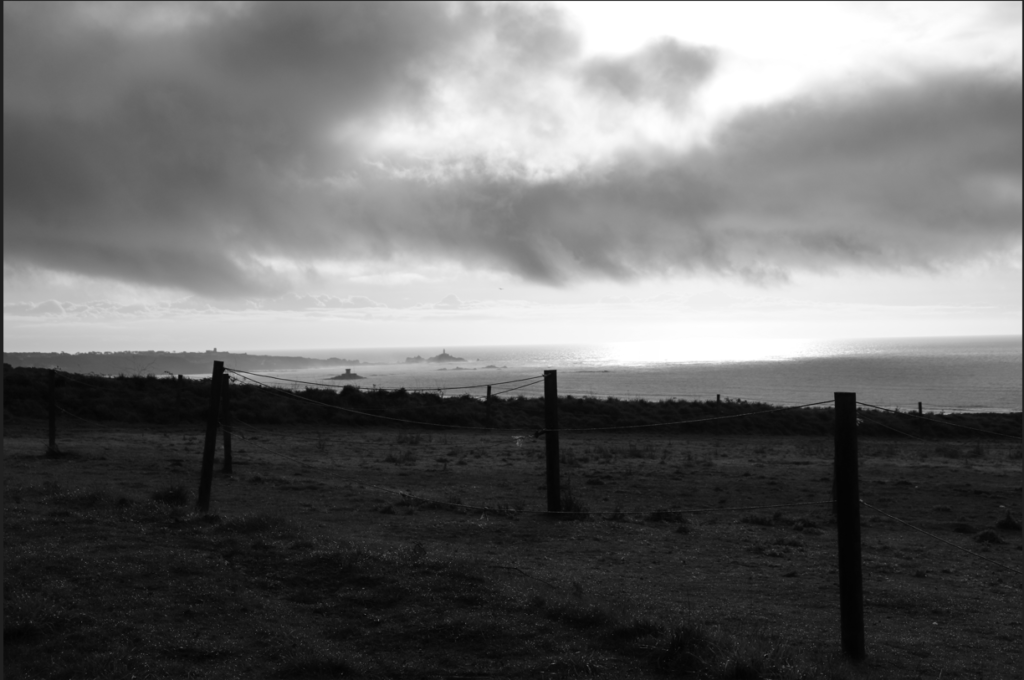


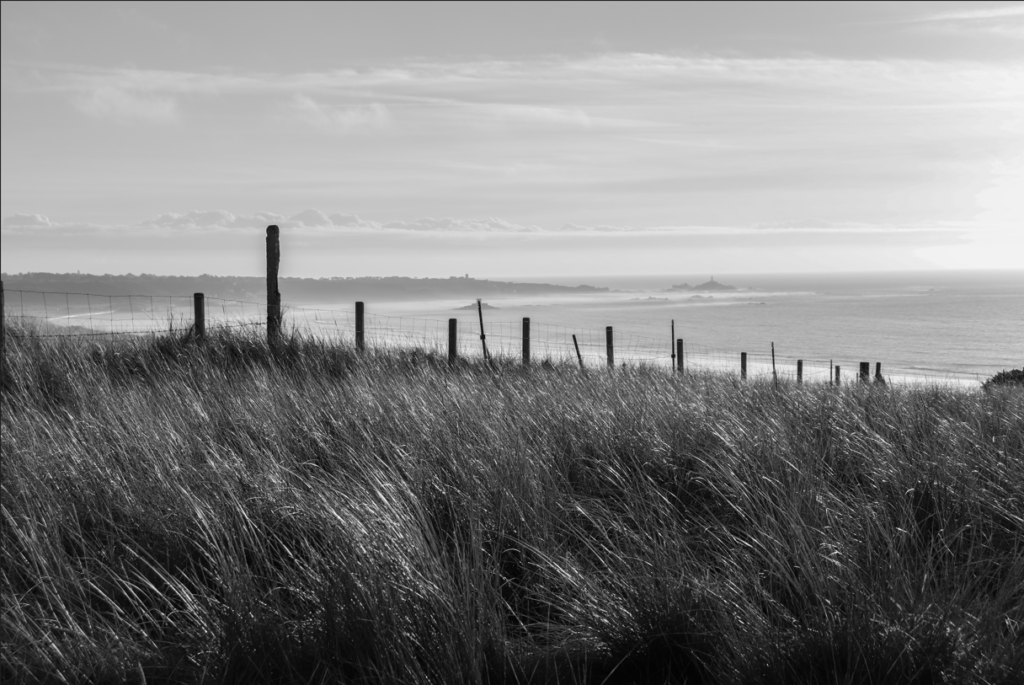

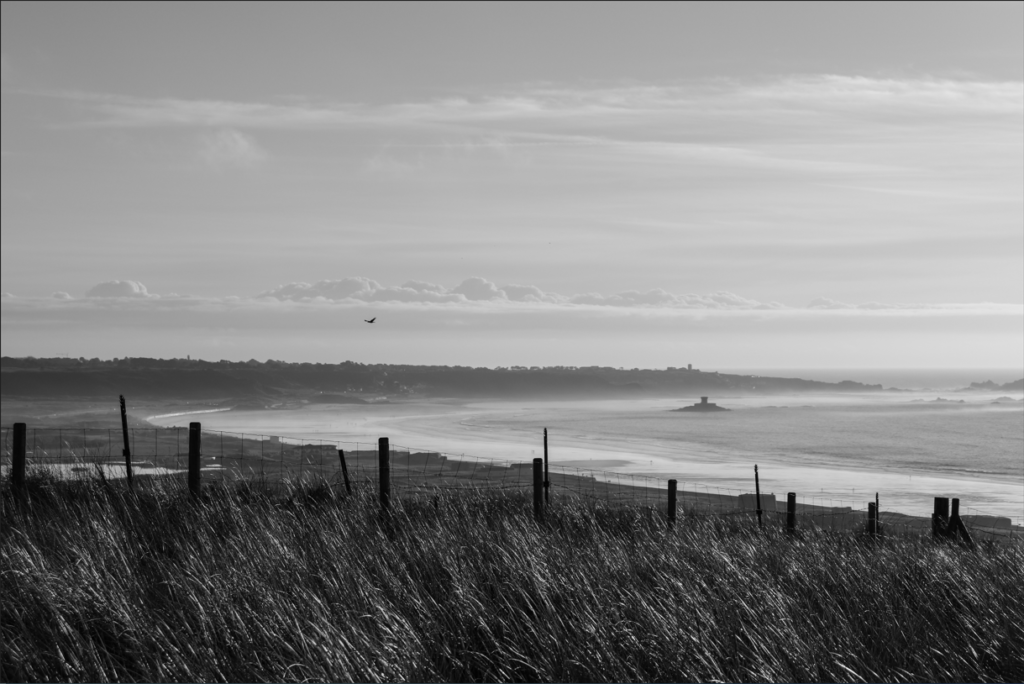

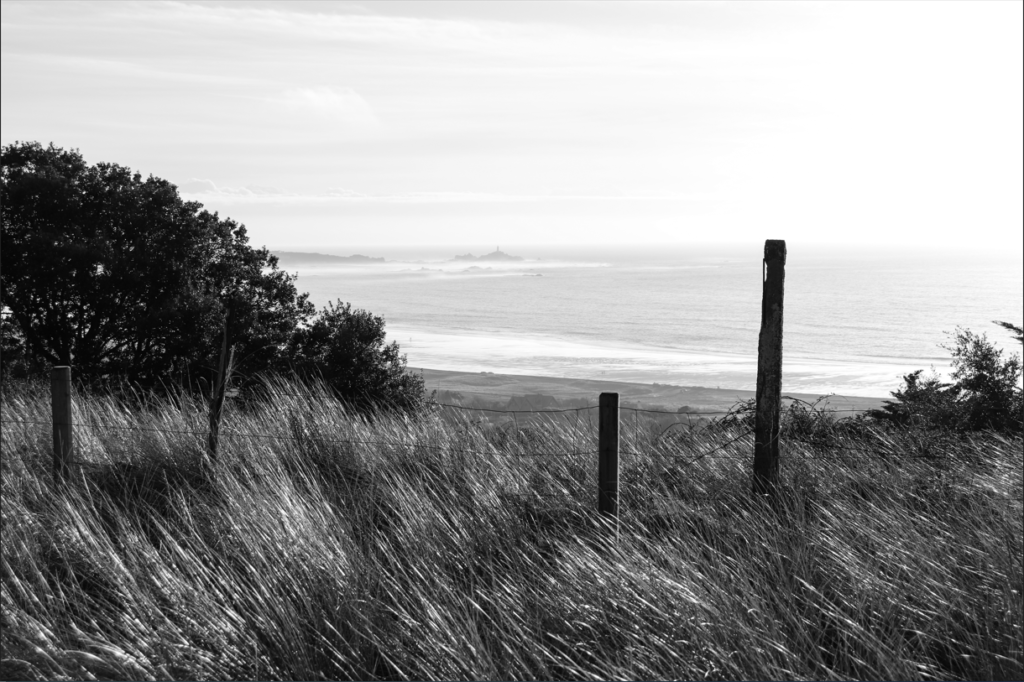
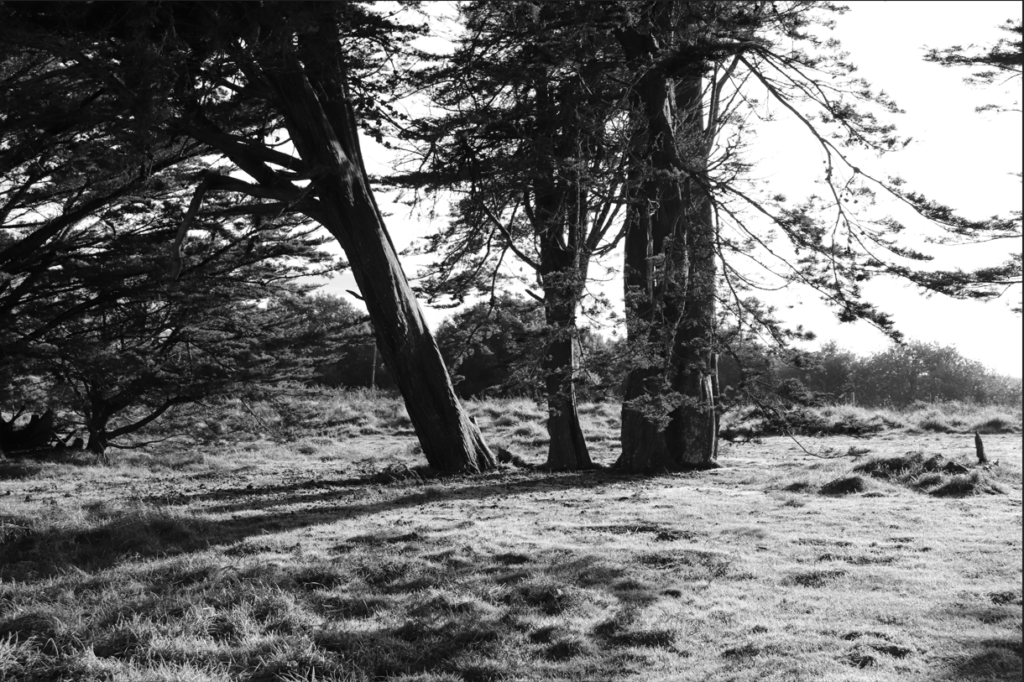

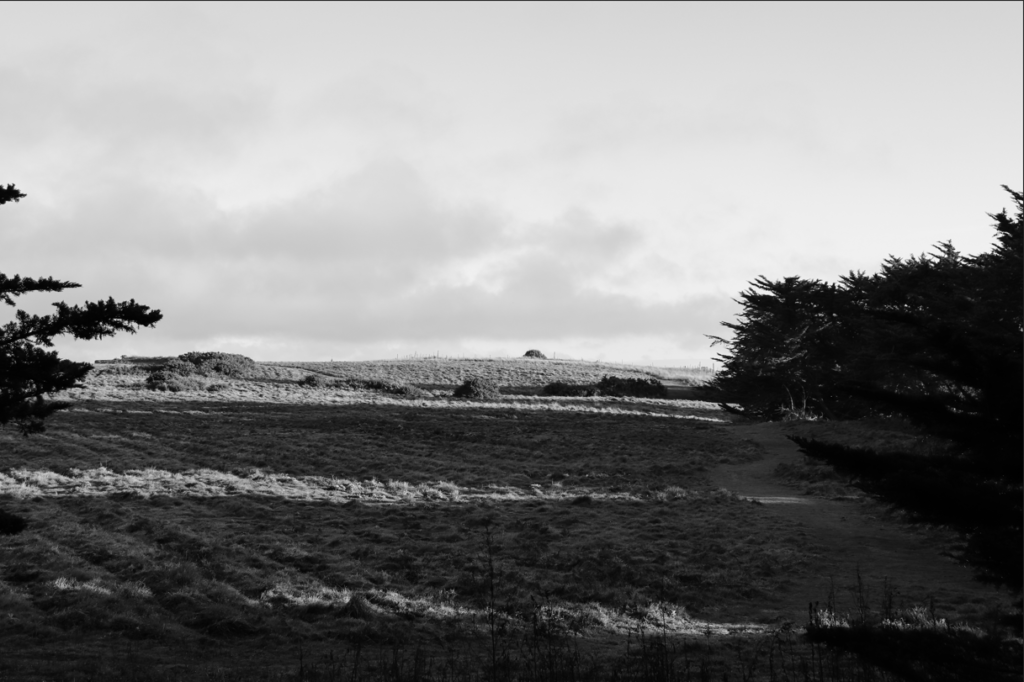


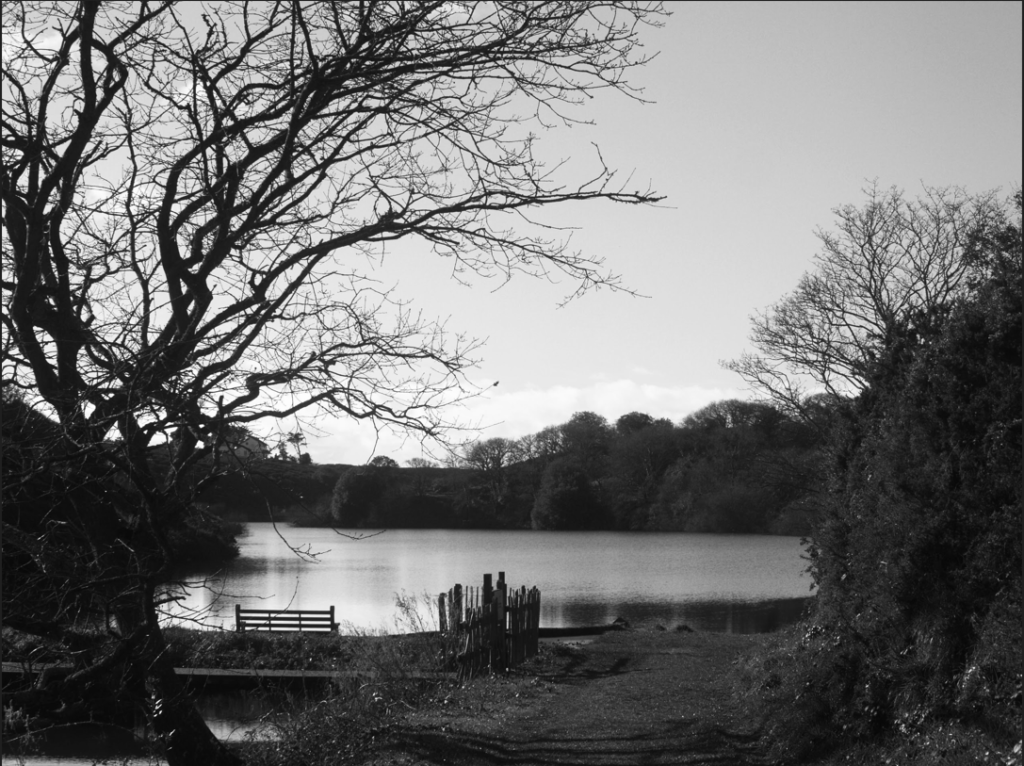

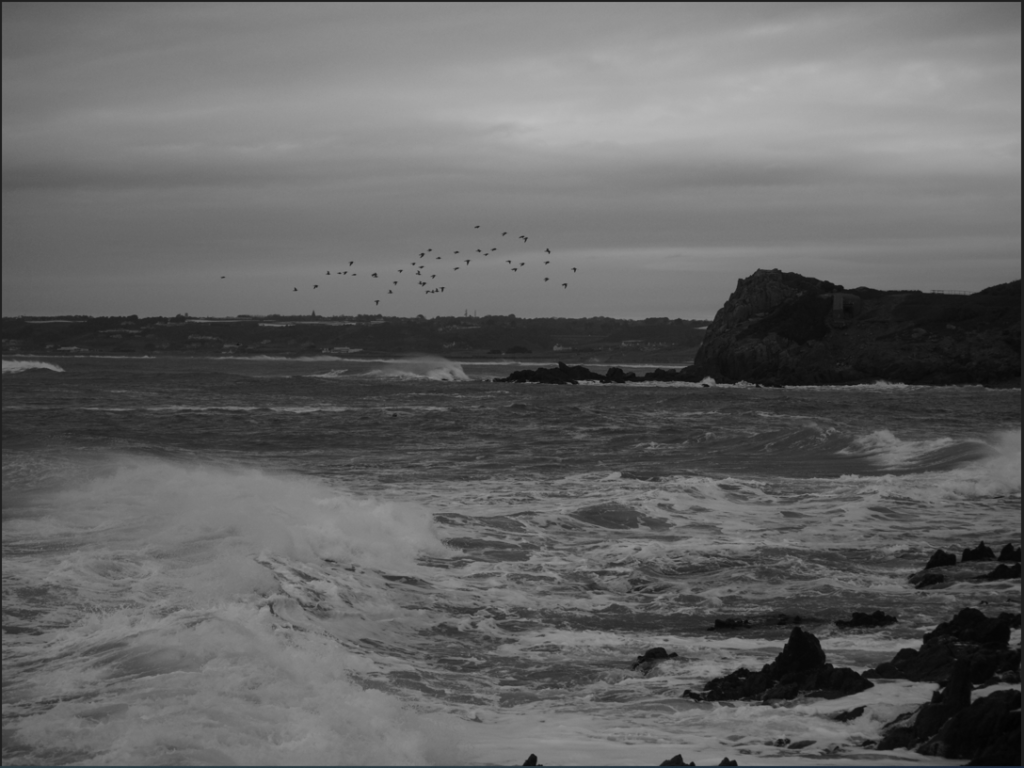
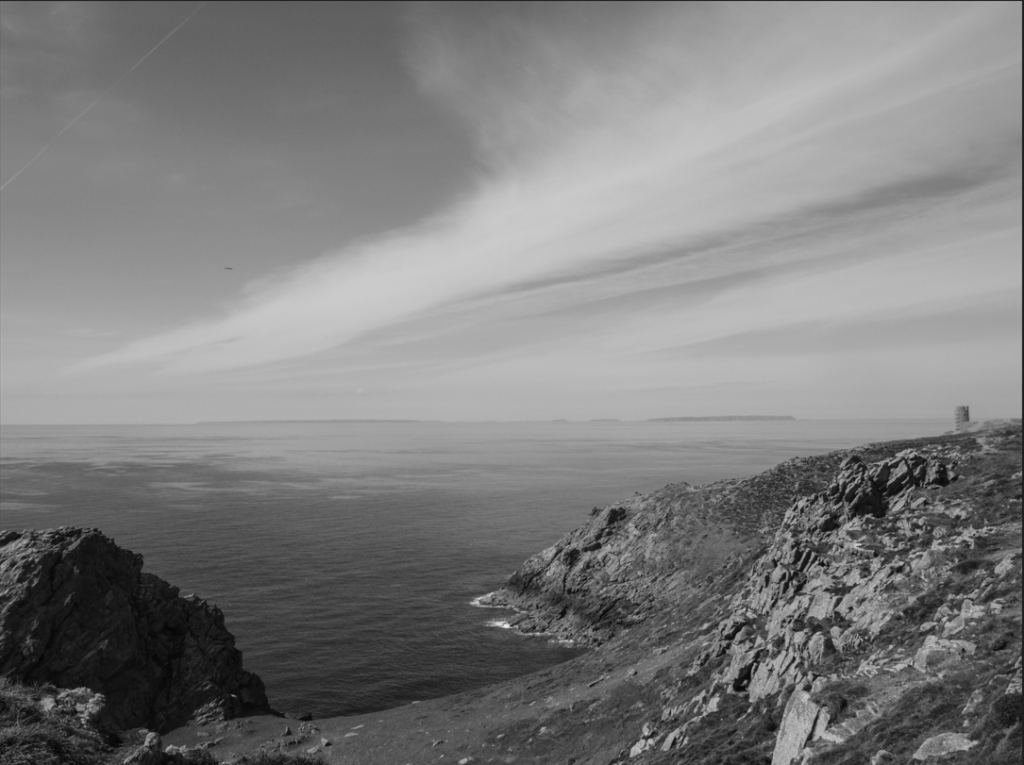




















Exposure bracketing is a technique used to create a HDR (high dynamic range) photo at the end of a shoot.
It is used in low lighting, and done by taking around three of the same images, but with different exposures in each. One over, one under and one normally exposed.

I experimented with this one my shoot as the light was low.
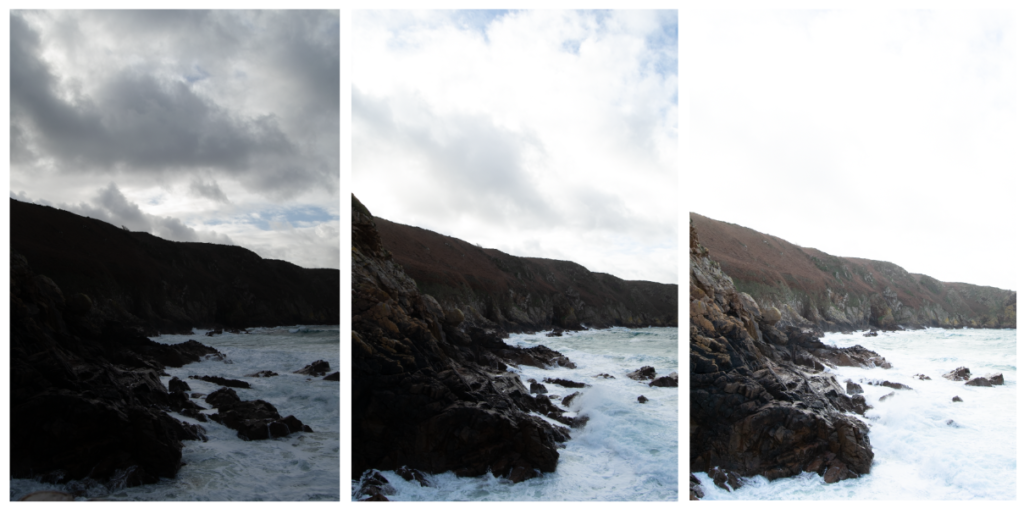
This meant I could use the photo with the best light, and determine how to edit my final image.

I think that lots of my images have similarities with the work of Fay Godwin, Ansel Adams and Don McCullin. Here are some examples.
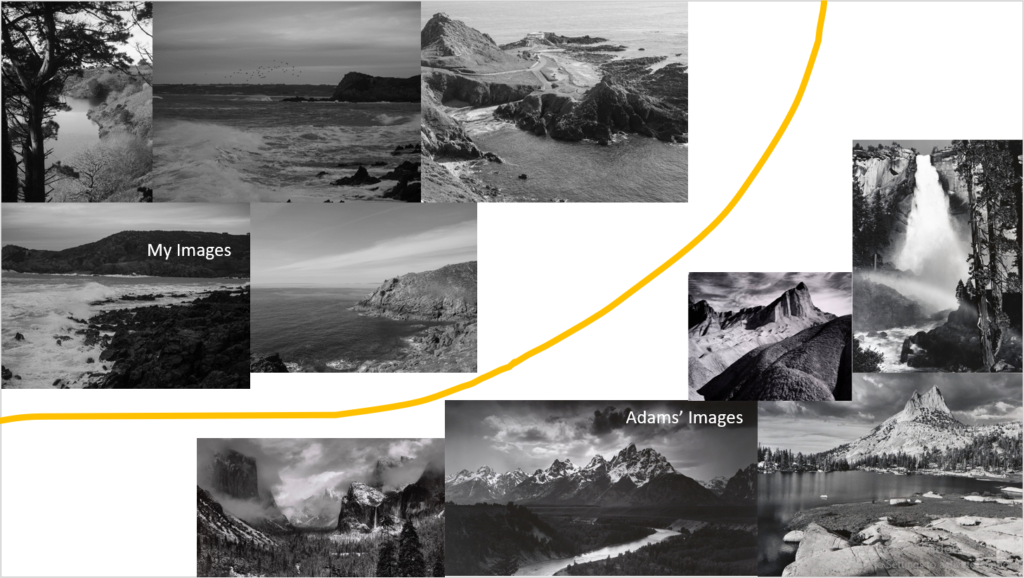
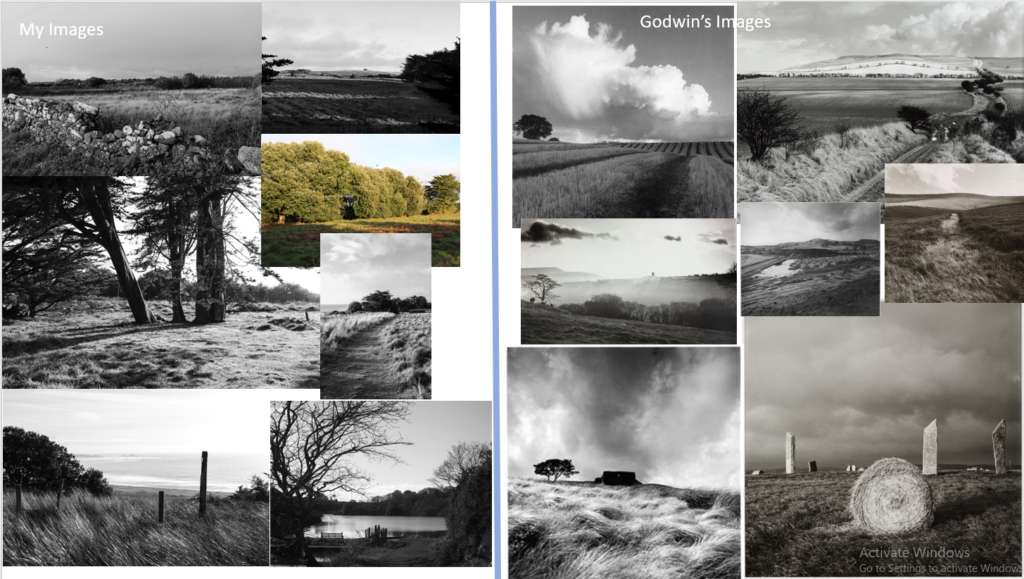
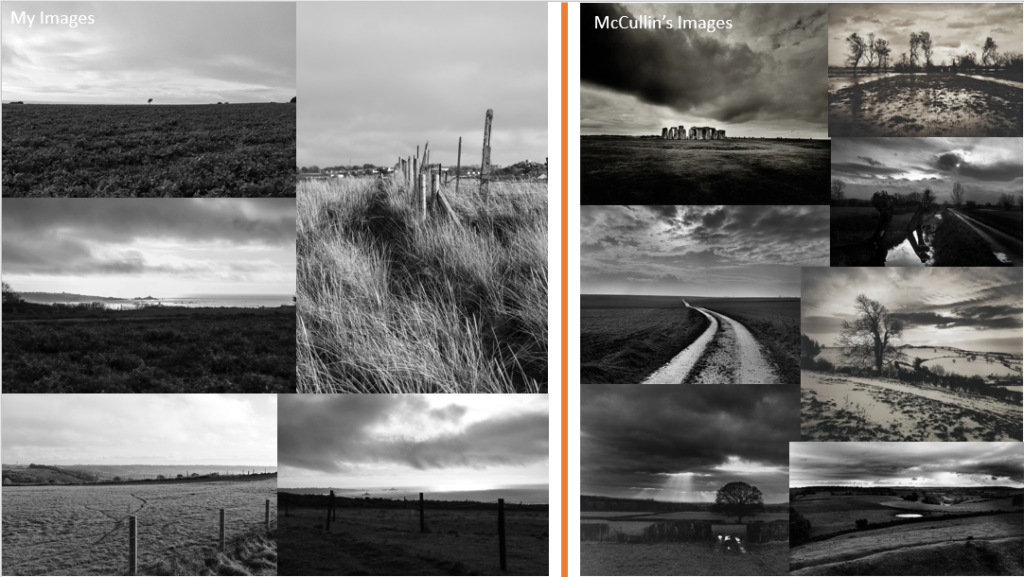
Ansel Adams was born February 20, 1902, San Francisco, United States and passed away April 22, 1984. He was an American landscape photographer and was known for his black-and-white images of the American West (Grand Canyon in Arizona and, his favourite, Yosemite National Park). Distinguished by extraordinary clarity and profundity, his photographs are amongst the most recognizable images in the world, reprinted in numerous magazines, journals, and wallpapers. Since an early age Ansel had shown some interest in spending majority of his time outdoors considering he was home schooled. Until he was eighteen years old he considered himself a musician, but later swapped his career in music with photography.
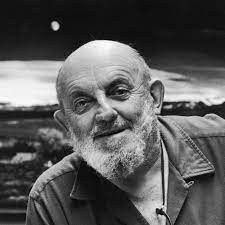

The morning of April 10th, 1927, Ansel Adams set out along Yosemite’s LeConte Gully to capture an image of the striking sheer face of Half Dome, one of Yosemite National Park’s most iconic natural features
When the group reached the Diving Board, a steep outcropping more than 3,500 feet above Yosemite Valley, Ansel knew this was the perfect vista from which to capture Half Dome’s sheer face. The photograph he made, “Monolith, the Face of Half Dome,” shows the mountain rising from an ink-black sky, its face illuminated by a dazzling midday sun just out of frame.



Group f/64
The group’s name (Group f/64) derives from a small aperture setting on a large format camera, which secures great depth of field and renders a photograph evenly sharp from foreground to background.
During the Great Depression, the citizens of America looked towards the West and the opportunities it offered, particularly through massive public works projects. This is why it was important for individuals like Ansel Adams, Imogen Cunningham, Edward Weston, Willard Van Dyke, Henry Swift, John Paul Edwards, Brett Weston, Consuelo Kanaga, Alma Lavenson, Sonya Noskowiak, and Preston Holder, who were the original f64 group members, to present it to the rest of the country in the most realistic, revealing way.
Edward Weston
From 1934 through to 1948 Edward Weston explored his favourite subject matter which contained natural forms, landscape, nudes and people.

During our half-term break, I spent my week down in the Spanish region of Andalucía, photographing the gorgeous natural landscapes around the nearby towns I visited. I planned each day around where I could take photos for my landscape project, such as travelling to cities such as Torremolinos, travelling to rural towns including Guaro and central Coín, and just walking through the area.
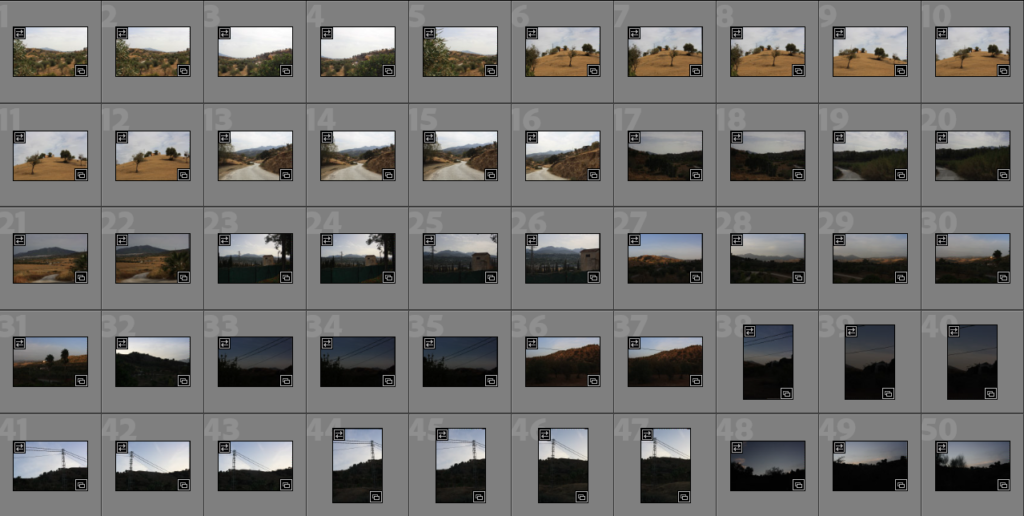
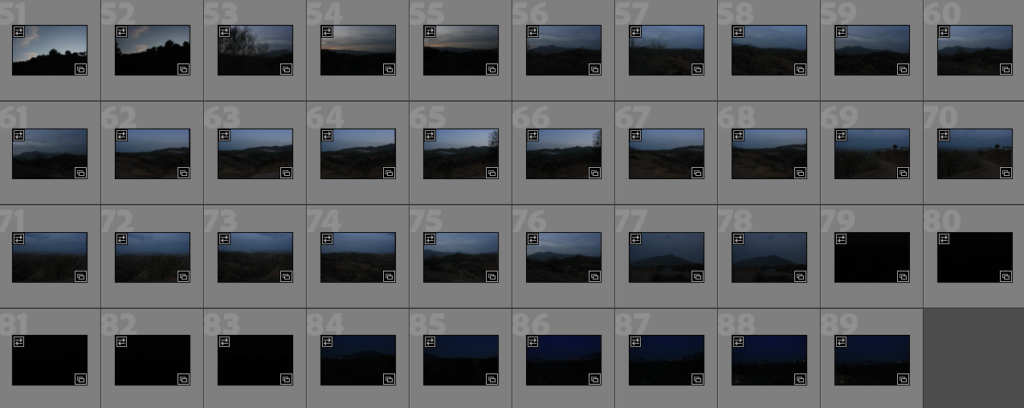

I ended up with over 2,000 photographs by the end of my trip, varying from urban landscapes to features of typical romanticism, at different times of day and multiple angles.
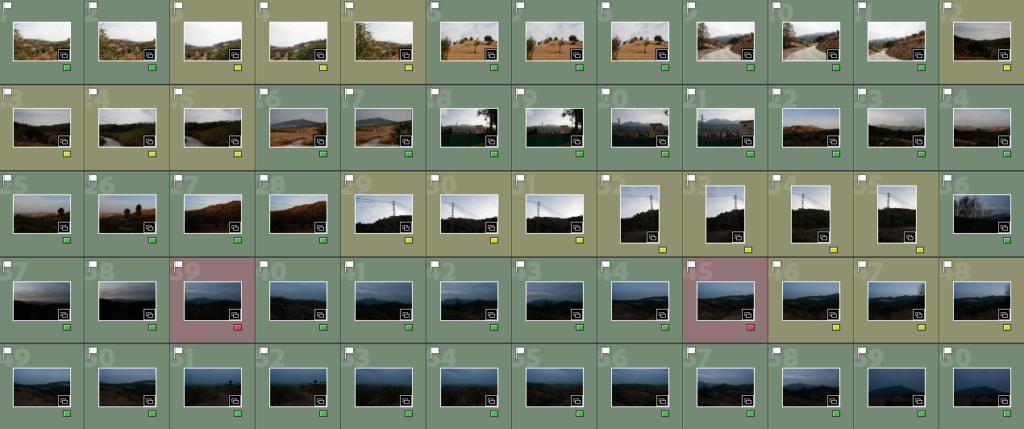

I edited 20 images overall, a few in the dramatic, monochrome style of Ansel Adams, and the rest in a style that brings out the natural beauty of the photograph.

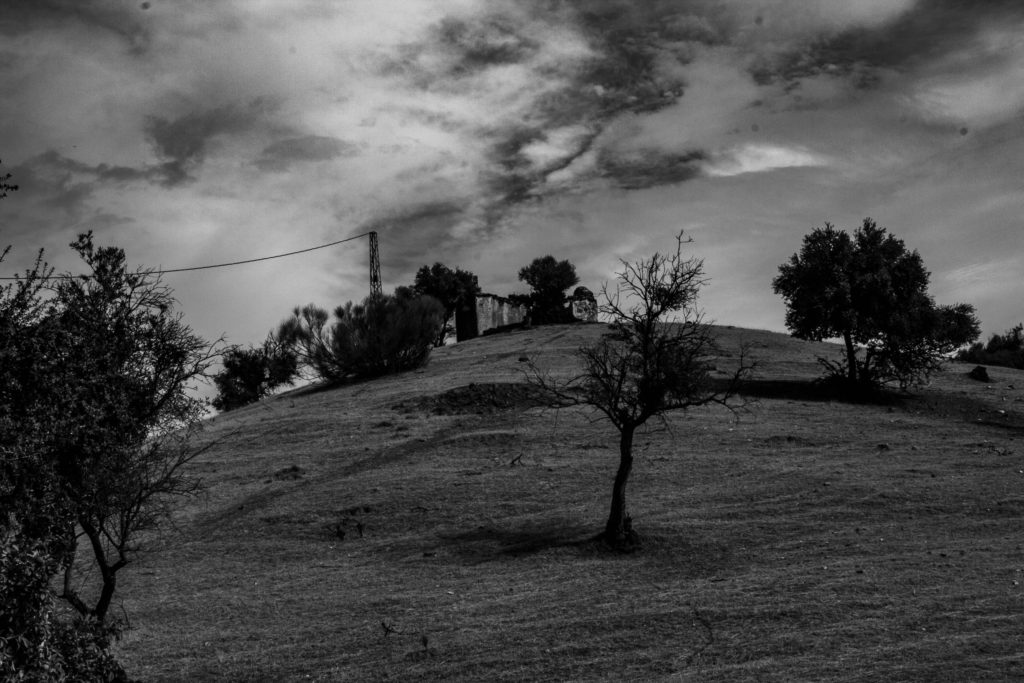
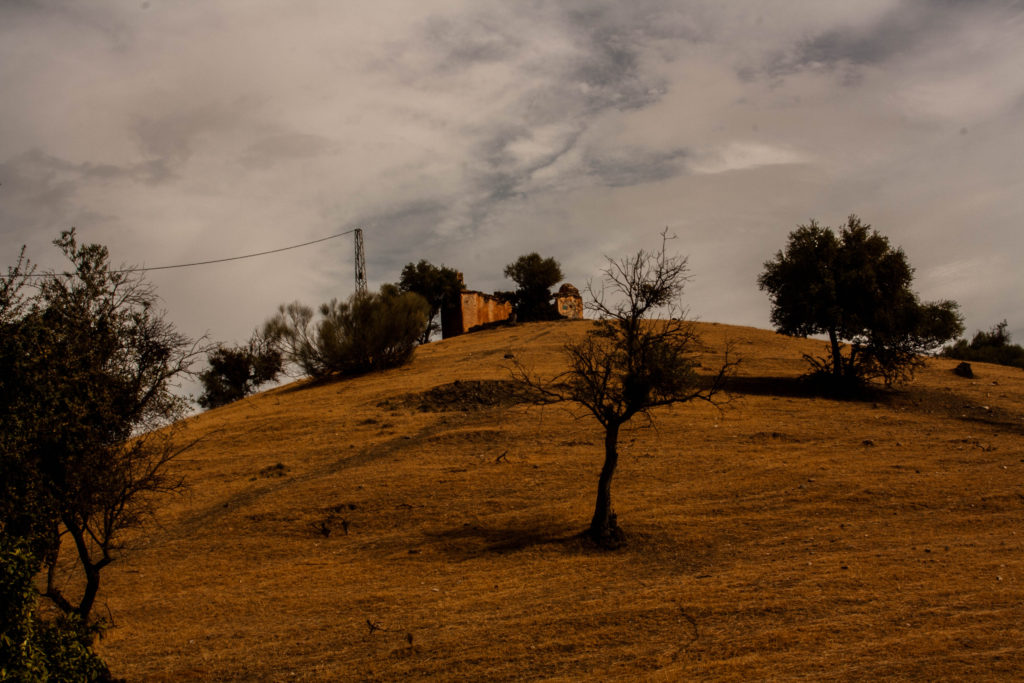

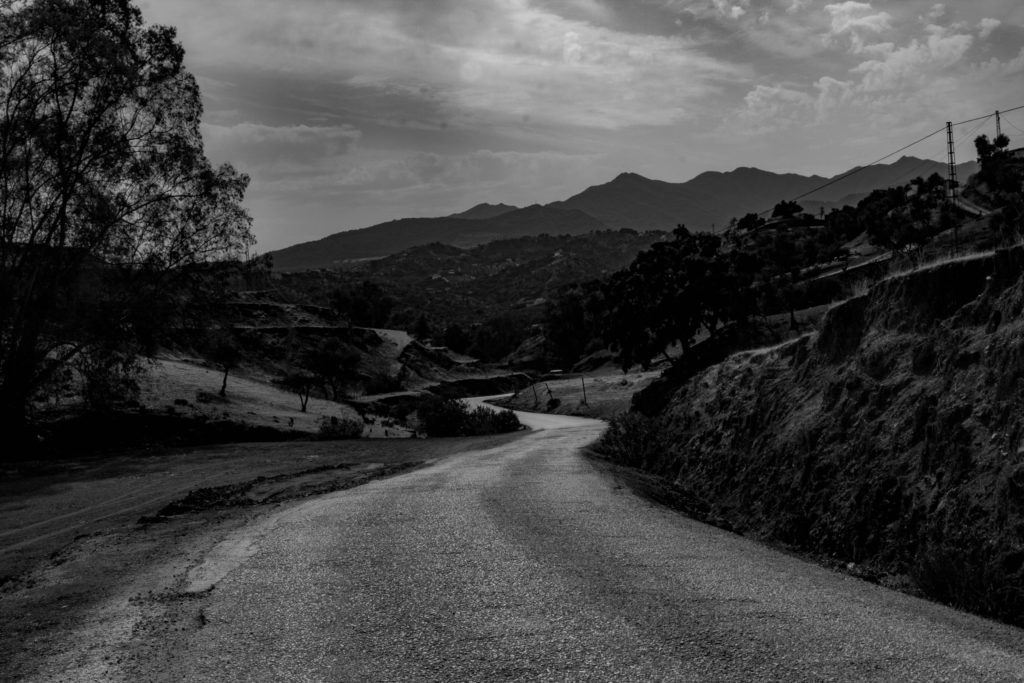

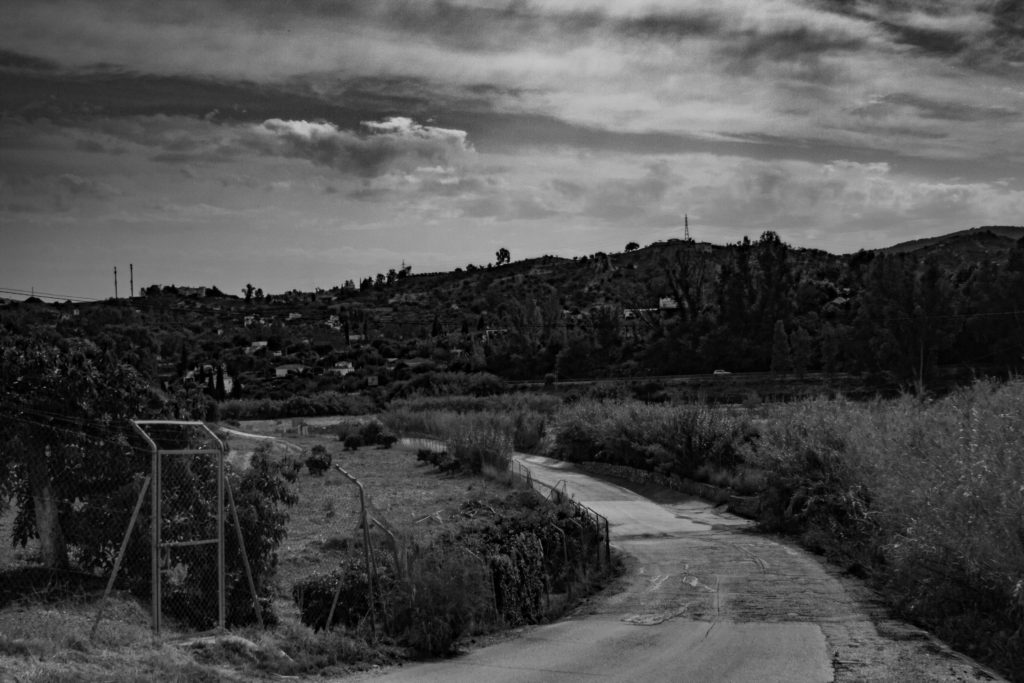







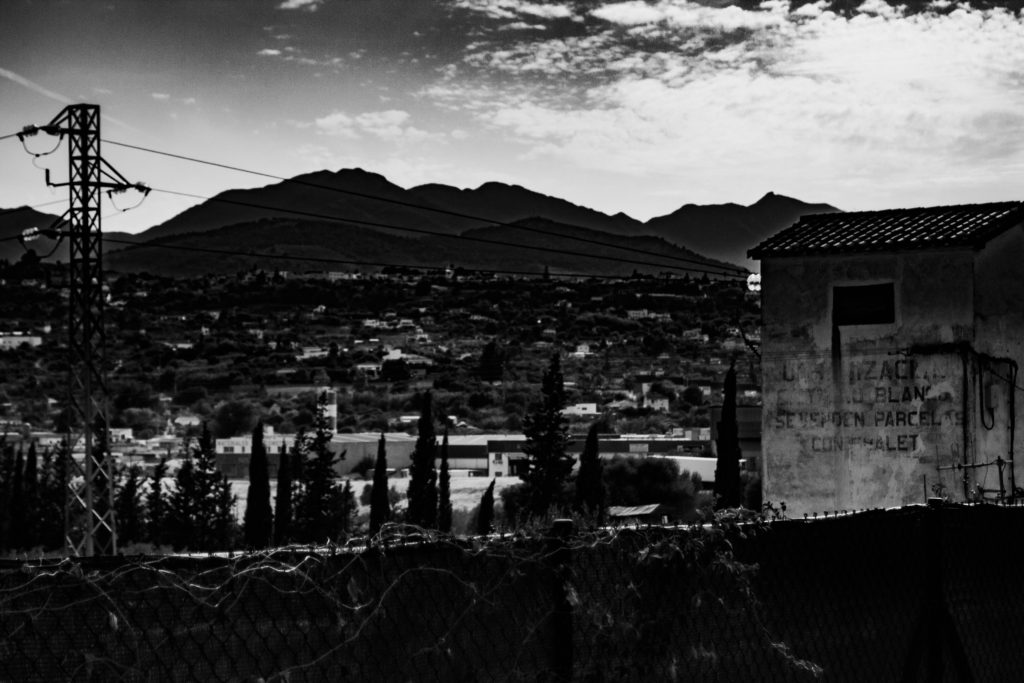
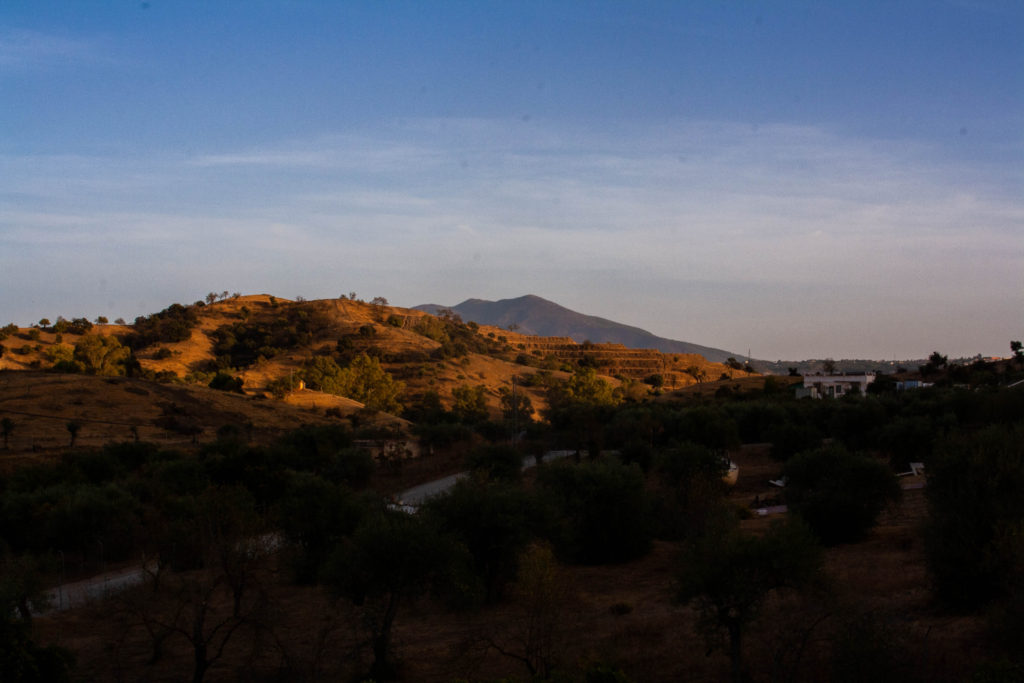


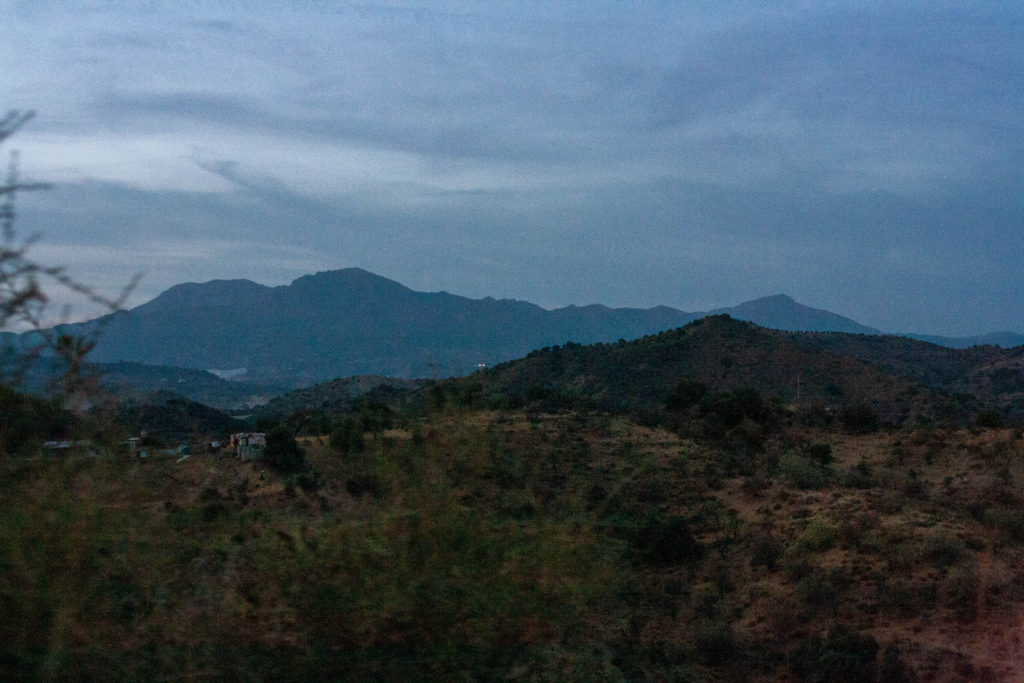
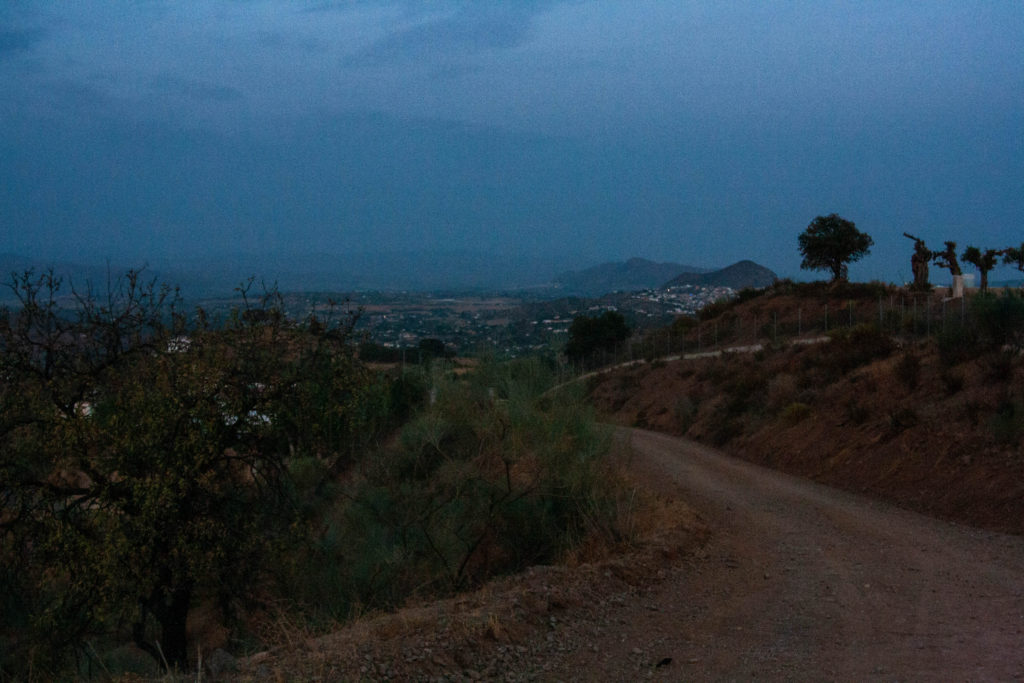
When it came to making these images, I wanted to adapt Ansel Adams’ style into my work, but more loosely and modernised, especially with the issue of most of the local area being covered in roads, paths and more traces of civilisation, as opposed to Adams’ pristine natural landscapes, so I decided to replace his use of rivers to lead the viewer’s eyes across the image with the paths and roads I was walking across, creating a similar, but unique composition. When editing, I also had to make the decision of whether to desaturate the photographs into black and white, to mimic his style – to do this further I had to dehaze the image to imitate the dark, moody skies featured in his pieces thanks to the red lens filter he used. Although I did take a lot of photos at night, because of my inexperience with camera settings I wasn’t really able to get a good, clear image that wasn’t grainy, so I would need to improve on that for the future.

Topography
Topography highlighted the changes in the world, it was a rejection of romanticism and its ideas. Instead of highlighting nature, it highlighted the industrial world and how it has destroyed nature. Topography was both a reflection of the increasingly suburbanised world around them, and a reaction to the tyranny of idealised landscape photography that elevated the natural and the elemental.


These are two very famous images made by Robert Adams and Frank Gohlke.
Robert Adams
Robert Adams was the first person to properly go against Ansel Adams’ (who is completely unrelated to him) ideas of photography and romanticism.
It was said that “his subject has been the American west: its vastness, its sparse beauty and its ecological fragility…What he has photographed constantly – in varying shades of grey – is “what has been lost and what remains” and that “his work’s other great subtext” is silence…”

Analysis of an image
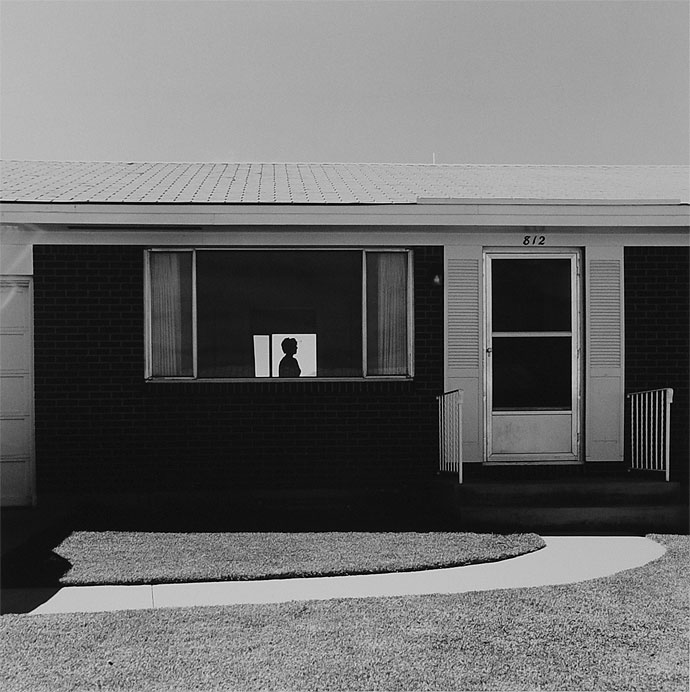
This image has a very dark tone to it, this could suggest the disappointment from Robert Adams about the industrial world, it could also show the loneliness of the woman in the image, she is stood alone in the house, that you could say looks like a jail cell because of how boxy it is. I think the conflict of the natural world and the industrial world is the woman being in the jail-like house as it could be said she is of the natural world, being human. Like I said before, the image is very boxy, apart from the woman, most of the lines are straight lines, quite often making squares, this once again creating a jail-like box around the woman.

The images below are the initial edits that I then inputted to photoshop and created my final outcomes.



The best images in my opinion show a mixture of both the beauty of the natural landscape but mixed with the devastating effect that we, as humans, have had on it. They all show different experiments that I have done, the majority being in response to the works of Mandy Barker and Dafna Talmor
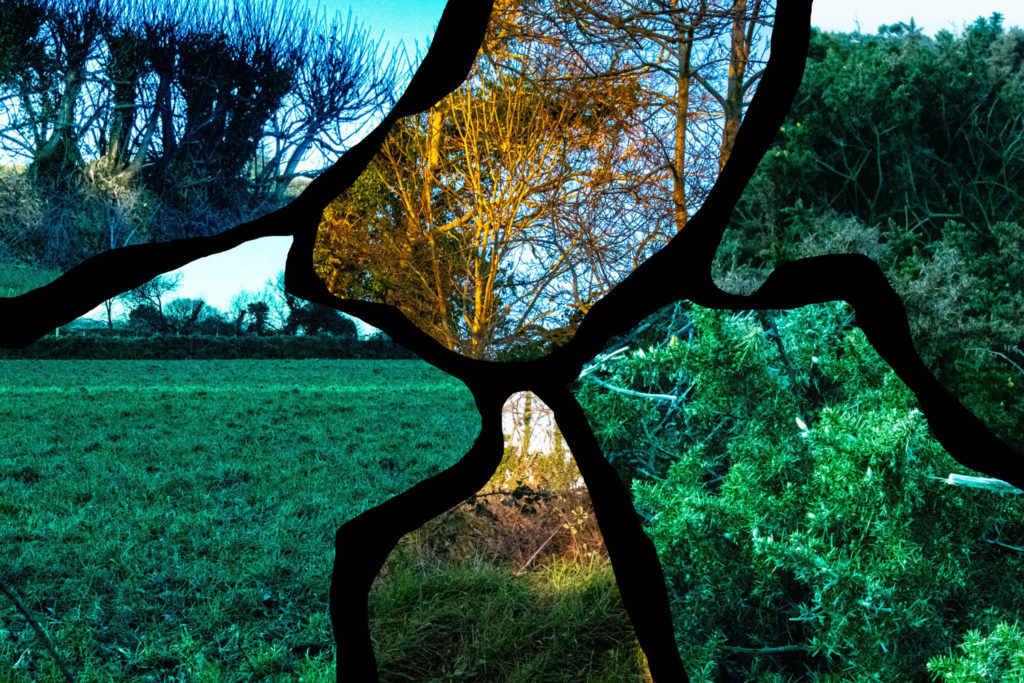
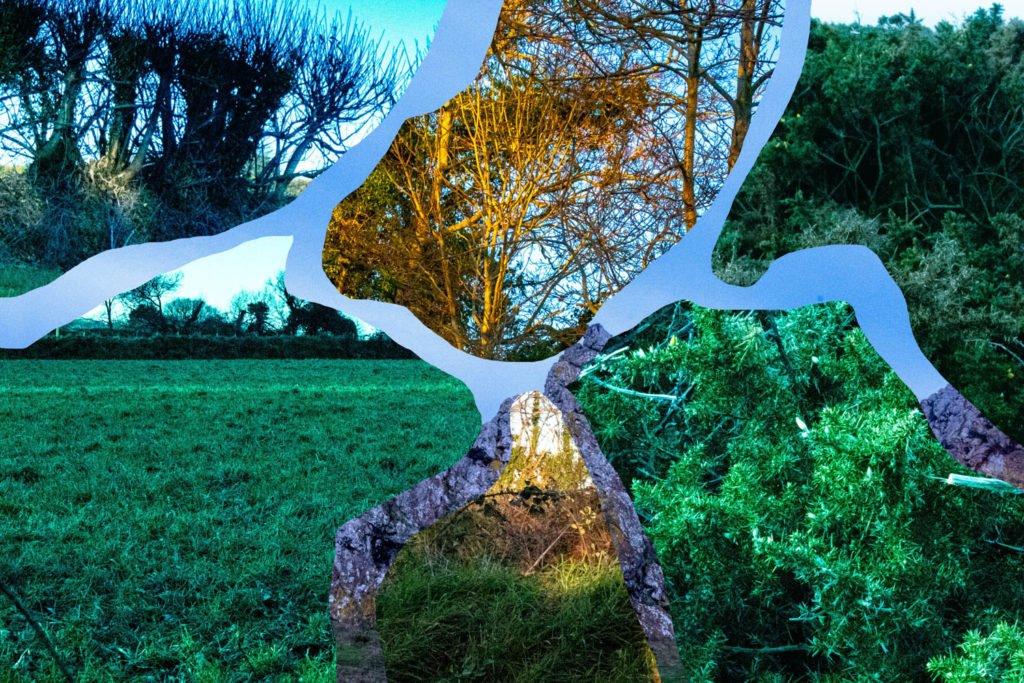


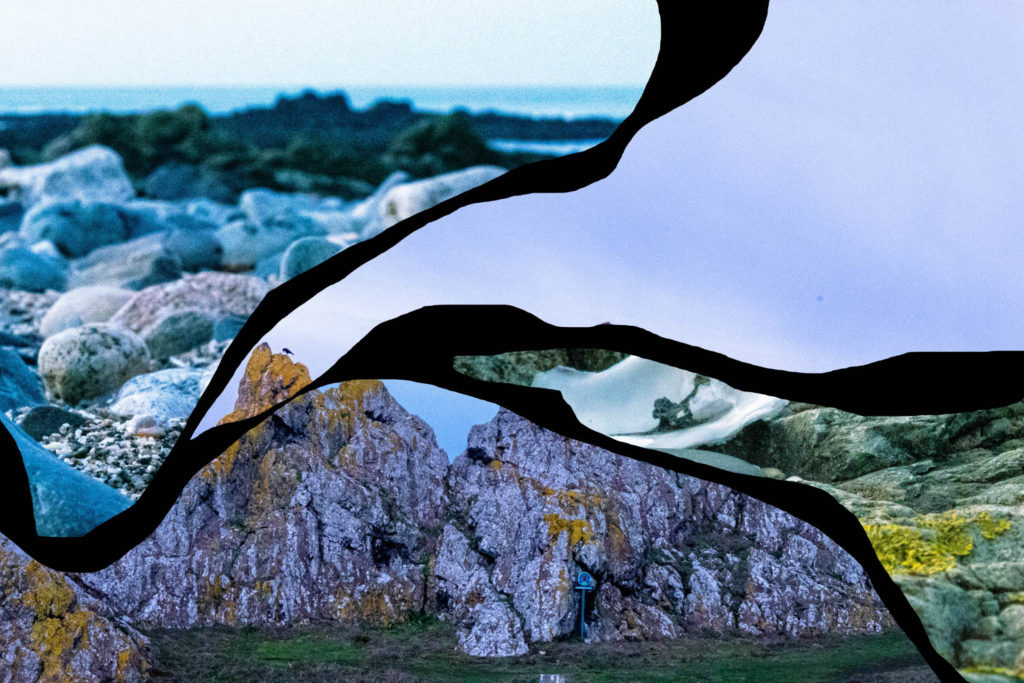
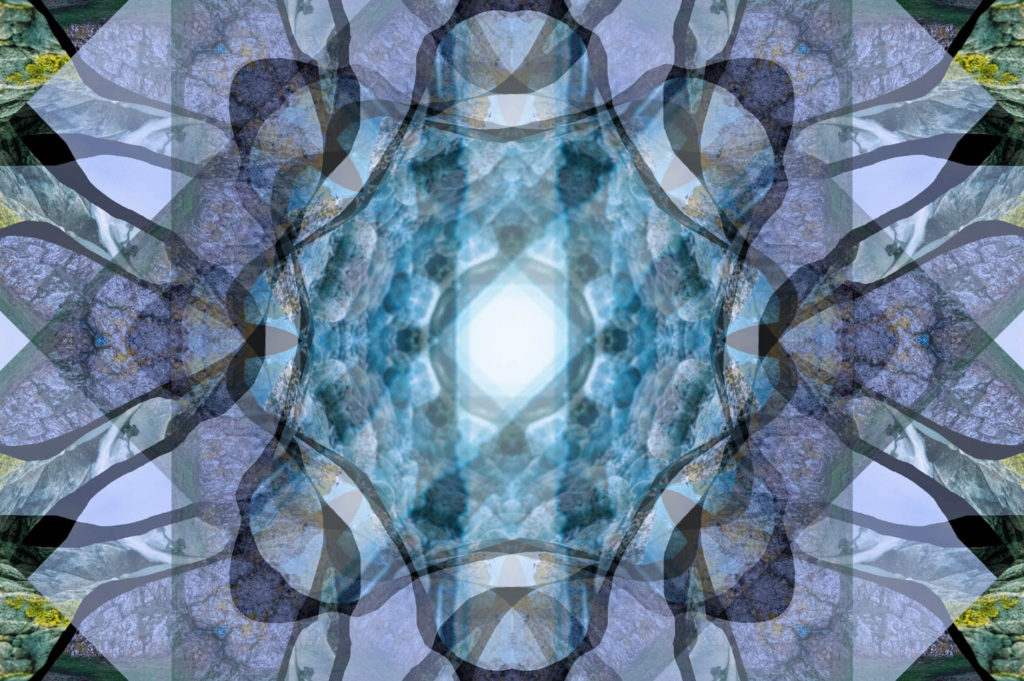
Mandy Barker’s images all comment on the effect that pollution has had on the world – therefore I have compiled these photographic montages to perform a similar task. I went on a beach clean to La Rocque and Gronez and collected pieces of plastic and photographed them where they were found as well.
